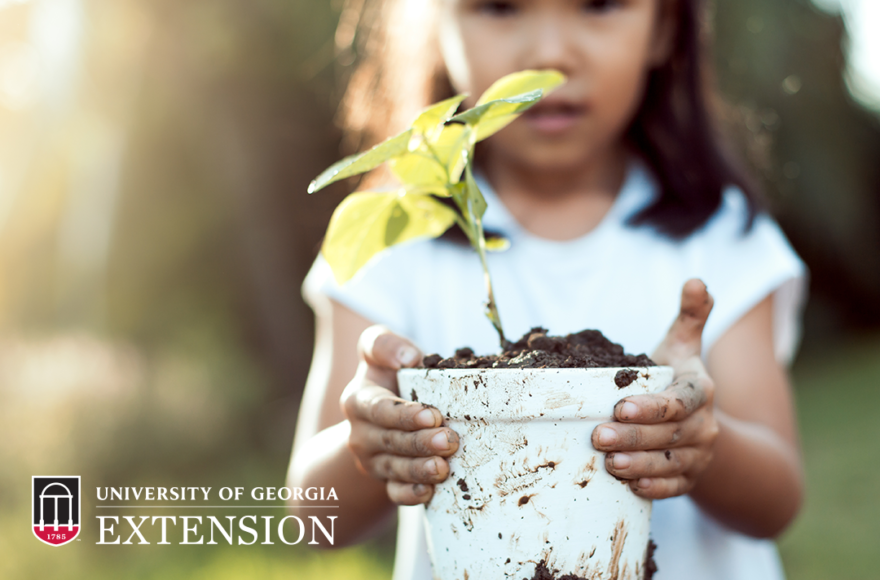Those thinking of planting a new or replacement tree or shrub—done in the fall and winter months for the best chances of survival—should consider taking these five steps before replanting:
PREP: If your landscape had diseased and dead plants this year, remove all diseased plant tops and roots and incorporate some organic matter, but do not overdo it. Reroute water flows coming from downspouts, so the soil is not overly wet for long periods. Have the county Extension Office perform a soil test to see if plant nutrition is a contributing factor.
PLAN: Before you buy, make sure the plant you choose will be the right one for the area. Many times, trees and shrubs are planted in the wrong location. For example, crape myrtles are great shrubs, but many varieties will outgrow their location. Research the University of Georgia Extension website and find a publication to help you select a variety that will fit the location once mature.
PURCHASE: Purchase only healthy trees and shrubs in containers or burlap packing. Take a look at the root system while at the nursery. The roots should have white feeder roots on the outer edge. Avoid plants with dark or small feeder roots.
PLANT: If you are unable to plant right away, store your new plants in a shady location and keep them watered every day until you can plant them. Proper planting depth is important. Trees and shrubs that are planted too deep or too shallow will sometimes not show symptoms of improper planting for months. Take care in the planting process to do a good job. Apply three inches of mulch on top of the soil under the plants—not on the trunks—to help keep the roots moist, cool and to prevent weeds.
POST-PLANTING: Once planted, watering is important for the first five or six weeks. Do not overwater. Just keep the soil moist to the touch. If a berm was built around the trunk, remove it after a couple of months by leveling away from the trunk. Fertilize after the soil has settled and the roots have become established. It is best to fertilize a fall-planted tree or shrub in March of the following year. To help determine how much fertilizer is needed, refer to your UGA Extension soil test results.

If you have questions about your landscape, visit the Newton County Extension office at the Newton County Administration Building at 1113 Usher Street, Covington, GA 30014, or contact Ashley Best at 770-784-2010 or abest22@uga.edu.
by Ted Wynne

